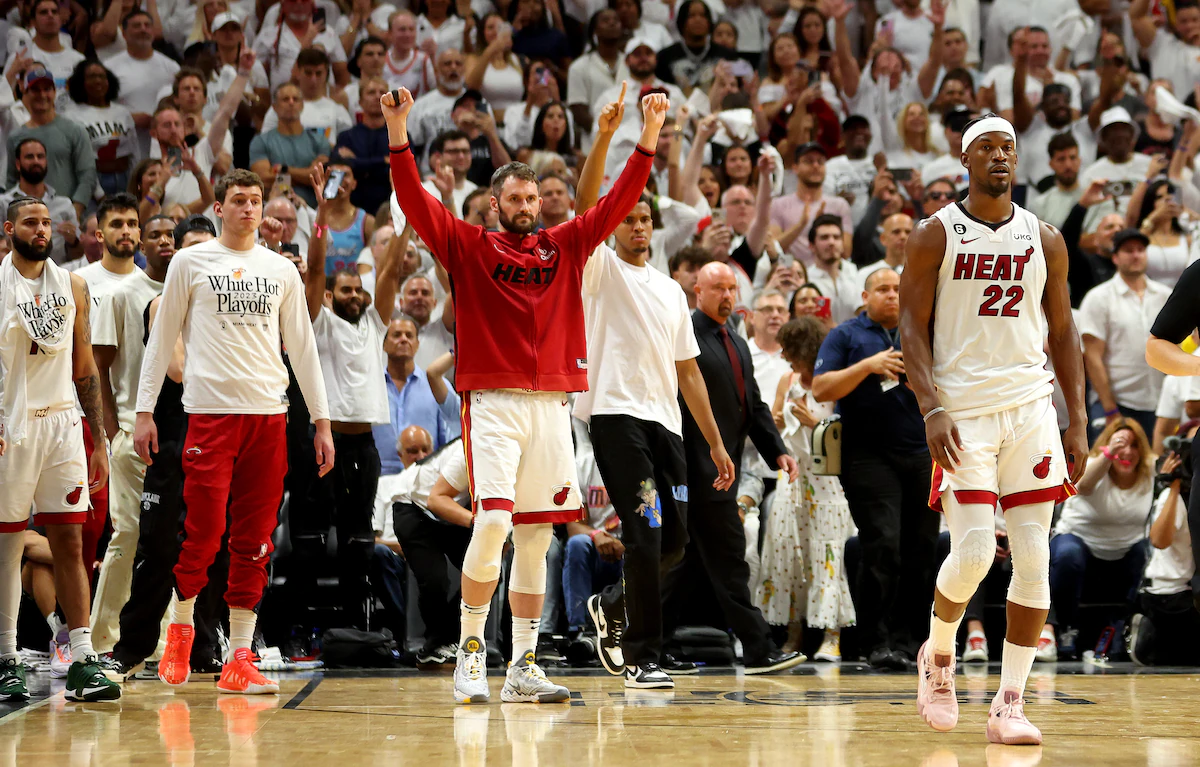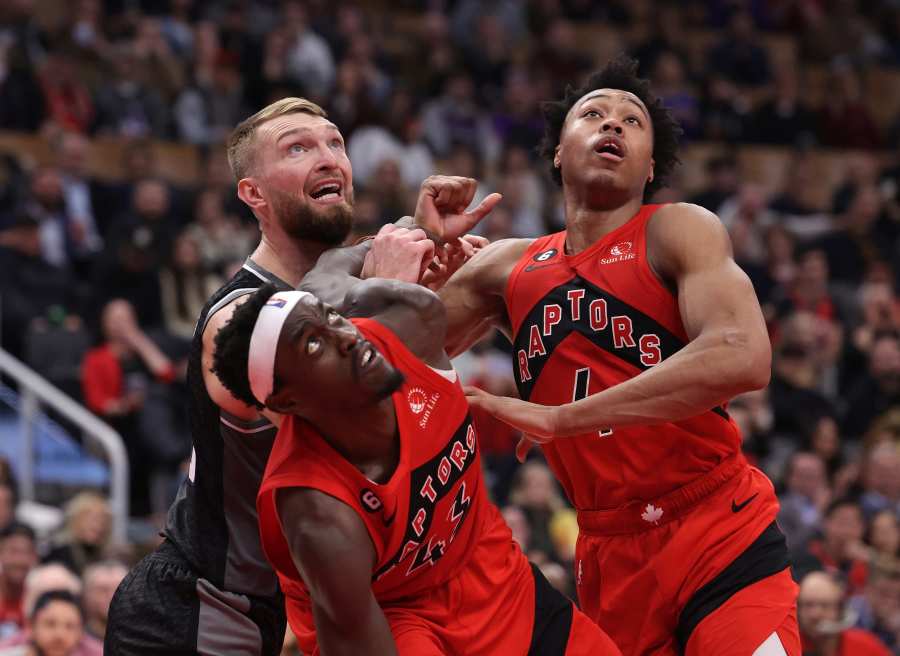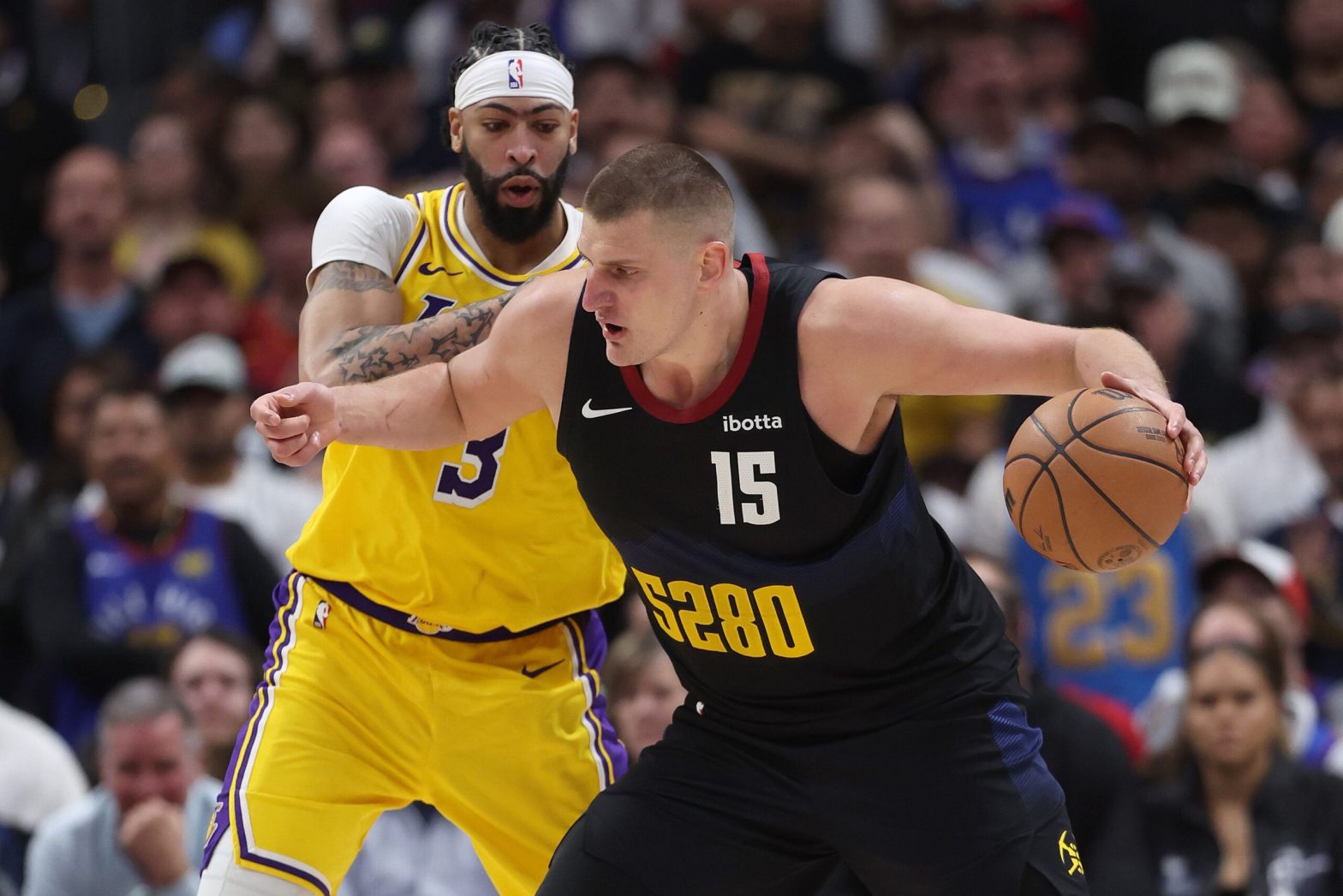Dynasties have been a major part of the NBA’s history, from George Mikan’s Minneapolis Lakers to Stephen Curry’s Golden State Warriors. However, in the current “parity era,” dynasties seem to be fading. This shift is explained by multiple factors, including changes in the league’s structure and rules. Recently, reporters from The Athletic explored how and why dynasties are no longer as dominant in the NBA, shifting the conversation to why the league seems to be emphasizing parity instead.
The NBA’s desire for parity comes down to business interests. As Darnell Mayberry points out, parity makes the league more appealing to fans. If every team has a reasonable chance of winning the championship, it drives fan engagement, ticket sales, and merchandise purchases. The NFL’s model of wide-ranging competition across teams serves as a successful model, and the NBA is embracing similar strategies. Parity also fuels marketing, especially as the league invests in things like the in-season NBA Cup, which aims to make the regular season more competitive and exciting.
While the NBA is focused on encouraging competitive balance, Law Murray warns that parity shouldn’t be artificial. The league isn’t interested in a scenario where the outcomes are random or where bad teams luck into success. Instead, it aims for authentic competition, where teams earn their victories. The end of the “super team” era—teams stacked with stars that dominated for a decade—was a key part of this shift. The league hopes parity will reduce such imbalances, but there will always be someone pushing the boundaries of team-building.

The new collective bargaining agreement (CBA) also plays a role in this shift. As Josh Robbins explains, one effect of the CBA is the creation of a hard cap on team salaries, limiting the ability of rich teams to buy success. This moves the league away from super teams by enforcing stricter financial restrictions. The league’s goal is to maintain year-round fan interest, making smart roster-building essential. As such, the NBA is increasingly emphasizing the importance of drafting well and making strategic moves to keep fans engaged.
However, some still question whether super teams can truly be eliminated. Mayberry argues that super teams are not going anywhere. He cites examples like Jalen Brunson taking a team-friendly deal with the Knicks, which shows that players may still take less money to join forces with other stars in pursuit of a championship. Murray adds that the subjective nature of what constitutes a super team means they will always exist to some degree. Whether such teams are successful, though, depends on how well the front office builds around them.
Robbins agrees that super teams will persist, citing the Phoenix Suns as a current example. With star players like Kevin Durant, Devin Booker, and Bradley Beal, the Suns demonstrate that big-money teams can still assemble powerful rosters. However, the CBA makes it more difficult to surround such stars with quality role players. Despite these challenges, super teams remain a threat, especially when the players themselves are driven to join forces for titles.
Parity doesn’t necessarily mean that every team is average, according to Mayberry. Instead, it implies that more teams are competitive, with many winning over 45 games in a season. He notes that while some teams will always be elite and others will struggle, the overall talent across the league has increased, making each game more unpredictable. Murray emphasizes that parity should be respected, as no victory in the NBA is easy. More teams are vying for success, and the competition is better than it has been in previous years, with even the average teams becoming more formidable.
Robbins also disagrees with the notion that parity means every team will be average. He argues that to win an NBA title, a team still needs at least one superstar. While there have been six different champions over the last six years, all those teams had at least one player already recognized as elite. This trend suggests that only teams with transcendent talent have a realistic shot at winning it all, and that total parity, where every team has an equal chance to win a title, remains unrealistic.

Dynasties, while not as common today, are still seen by many as a positive force for the NBA. Mayberry acknowledges that dynasties can be polarizing but recognizes the fan loyalty and excitement they generate. Teams like the Warriors, Celtics, Lakers, Bulls, and Spurs built massive fanbases due to their successful periods. Despite personal preferences, it’s hard to argue against the impact dynasties have had on the NBA’s popularity, with some fans still nostalgic for the days of consistent championship contenders.
Murray, while respectful of dynasties, suggests that some fans and media use them as an excuse to ignore other teams. He dislikes the idea that the league is only considered “good” when certain teams are winning. To him, it’s not about which teams dominate, but about recognizing all the teams that contribute to the NBA’s overall competitiveness. Robbins concurs, arguing that the true value of the NBA lies in great players competing against one another, pushing each other to be better. For him, it’s not dynasties that make the league exciting, but the high level of competition.
Looking ahead to the 2024-25 season, the question of whether parity truly exists in the NBA remains a topic of debate. Mayberry believes that parity is alive, as evidenced by last season’s competitive standings. While there are always a few elite teams, the overall balance of talent across the league has made for a more unpredictable season. He argues that the true measure of parity will be how many different teams make it to the finals, not just who wins the championship.
Murray adds that although there are multiple contenders, a championship requires being one of the top teams. Parity exists, but only to a certain degree. Most teams need to prove themselves as consistent contenders before they can realistically expect to win a title. Robbins concludes that while the NBA is experiencing more parity than ever, it’s far from total parity. Only a handful of teams have a legitimate shot at winning a championship each year, despite the increasing number of talented franchises.
In sum, while the NBA is embracing a more competitive and balanced league, dynasties and super teams still have a role to play. The league’s evolving rules and structures aim to reduce financial disparities and encourage more teams to compete, but true parity, where all 30 teams have an equal shot at the title, remains elusive. As the NBA continues to evolve, it will be interesting to see how the balance between talent, competition, and business interests shapes the future of the league.
